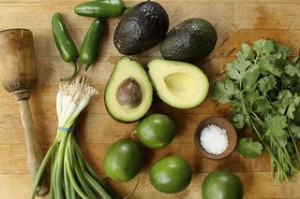Tim Seldin is President of the Montessori Foundation, publisher of Tomorrow’s Child. He has written many articles and books for parents on Montessori education. He has some interesting things to say about the Kindergarten decision:
by Tim Seldin with Dr. Elizabeth Coe
Its re-enrollment time again, and in thousands of Montessori schools all over America parents of four-almost-five-year-olds are trying to decide whether or not they should keep their sons and daughters in Montessori for kindergarten or send them off to the local schools.
The advantages of using the local schools often seem obvious, while those of staying in Montessori are often not at all clear. When you can use the local schools for free, why would anyone want to invest thousands of dollars in another year’s tuition? Its a fair question and it deserves a careful answer. Obviously there is no one right answer for every child. Often the decision depends on where each family places its priorities and how strongly parents sense that one school or another more closely fits in with their hopes dreams for their children.
Naturally, to some degree the answer is also often connected to the question of family income as well, although we are often amazed at how often families with very modest means who place a high enough priority on their children’s education will scrape together the tuition needed to keep them in Montessori.
So here are a few answers to some of the questions parents often ask about Montessori for the kindergarten age child.
[Dr. Seldin goes on to address the following questions, click here for his answers.]
- In a nut shell, what would be the most important short-term disadvantage of sending my five-year-old to the local schools?
- What would be the most important advantages of keeping my five-year-old in Montessori?
- In a class with such a wide age range of children, won’t my five-year-old spend the year taking care of younger children instead of doing his or her own work?
- Isn’t it better for kids to go to school with the children from their neighborhood?
- Since most children will eventually have to go to the neighborhood schools, wouldn’t it be better for them to make the transition in kindergarten rather than in first grade?
- If I keep my child in Montessori for kindergarten, won’t he/she be bored in a traditional first grade program?
[Click here for full article]




